-
 Bitcoin
Bitcoin $117600
2.11% -
 Ethereum
Ethereum $3907
6.13% -
 XRP
XRP $3.288
9.68% -
 Tether USDt
Tether USDt $1.000
-0.01% -
 BNB
BNB $784.8
2.00% -
 Solana
Solana $174.3
3.60% -
 USDC
USDC $0.9997
-0.03% -
 Dogecoin
Dogecoin $0.2220
8.04% -
 TRON
TRON $0.3379
0.01% -
 Cardano
Cardano $0.7829
5.46% -
 Stellar
Stellar $0.4348
8.84% -
 Hyperliquid
Hyperliquid $40.50
6.38% -
 Sui
Sui $3.757
7.22% -
 Chainlink
Chainlink $18.41
10.06% -
 Bitcoin Cash
Bitcoin Cash $581.6
1.91% -
 Hedera
Hedera $0.2586
5.37% -
 Avalanche
Avalanche $23.30
4.67% -
 Ethena USDe
Ethena USDe $1.001
0.01% -
 Litecoin
Litecoin $122.0
2.62% -
 UNUS SED LEO
UNUS SED LEO $8.972
-0.23% -
 Toncoin
Toncoin $3.338
1.14% -
 Shiba Inu
Shiba Inu $0.00001282
3.76% -
 Uniswap
Uniswap $10.38
6.88% -
 Polkadot
Polkadot $3.852
4.63% -
 Dai
Dai $1.000
0.02% -
 Bitget Token
Bitget Token $4.463
2.29% -
 Monero
Monero $263.6
-7.22% -
 Cronos
Cronos $0.1496
4.78% -
 Pepe
Pepe $0.00001106
4.91% -
 Aave
Aave $284.3
8.09%
What is the use of the insurance fund of Coinbase contracts? How to reduce losses after liquidation?
Coinbase's insurance fund covers liquidation deficits, ensuring market stability; traders can reduce losses by using stop-loss orders and diversifying their portfolios.
May 04, 2025 at 09:14 pm

Coinbase, one of the leading cryptocurrency exchanges, offers a variety of financial products, including futures and perpetual contracts. One of the key components of these contracts is the insurance fund, which plays a crucial role in maintaining the stability and integrity of the trading platform. In this article, we will explore the use of the insurance fund in Coinbase contracts and provide detailed strategies on how to reduce losses after liquidation.
The Role of the Insurance Fund in Coinbase Contracts
The insurance fund is a pool of funds set aside by Coinbase to cover potential losses that may occur due to extreme market volatility or trader insolvency. When a trader's position is liquidated, and the liquidation price is not sufficient to cover the losses, the insurance fund steps in to absorb the remaining deficit. This mechanism ensures that other traders on the platform are not affected by the losses of a single trader.
The primary purpose of the insurance fund is to maintain market stability. By covering losses that exceed the liquidation value, the fund prevents a cascading effect of liquidations that could destabilize the market. This is particularly important in the volatile world of cryptocurrencies, where price swings can be dramatic and unpredictable.
How the Insurance Fund Works
When a trader's position is liquidated, the process involves selling the trader's assets at the current market price to cover the losses. If the proceeds from the liquidation are insufficient to cover the full amount owed, the insurance fund is used to make up the difference. This ensures that the counterparty to the trade is fully compensated, and the integrity of the platform is maintained.
The insurance fund is replenished through various means, including a portion of the trading fees collected by Coinbase. This continuous replenishment ensures that the fund remains robust and capable of handling potential losses.
Strategies to Reduce Losses After Liquidation
While the insurance fund provides a safety net, it is still important for traders to take proactive steps to minimize their losses after liquidation. Here are some effective strategies:
Use Stop-Loss Orders
Stop-loss orders are essential tools for managing risk. By setting a stop-loss order, you can automatically sell your position if the price reaches a certain level, thus limiting your potential losses. To set a stop-loss order on Coinbase:
- Log into your Coinbase account.
- Navigate to the trading interface.
- Select the contract you are trading.
- Click on the "Orders" tab.
- Choose "Stop-Loss" from the order type options.
- Enter the price at which you want the stop-loss to trigger.
- Confirm the order.
Diversify Your Portfolio
Diversification is a key strategy to reduce risk. By spreading your investments across different assets, you can mitigate the impact of a single asset's poor performance. On Coinbase, you can diversify by trading different types of contracts, such as Bitcoin, Ethereum, and other altcoins.
Monitor Market Conditions
Staying informed about market conditions is crucial. By keeping an eye on market trends, news, and technical indicators, you can make more informed trading decisions. Coinbase provides various tools and resources, such as real-time charts and market analysis, to help you stay updated.
Use Leverage Wisely
Leverage can amplify both gains and losses. While it can be tempting to use high leverage to increase potential profits, it also increases the risk of liquidation. It is advisable to use leverage conservatively and only with a clear understanding of the risks involved.
Implement Risk Management Techniques
Risk management is essential for long-term success in trading. Techniques such as position sizing, where you allocate only a small percentage of your total capital to any single trade, can help manage risk. Additionally, setting a maximum loss threshold for your trading account can prevent significant drawdowns.
Understanding Liquidation and Its Impact
Liquidation occurs when a trader's position is closed by the exchange due to insufficient margin to cover potential losses. When a position is liquidated, the trader's assets are sold at the current market price, and any remaining deficit is covered by the insurance fund. Understanding the factors that lead to liquidation can help traders avoid this scenario.
Factors Leading to Liquidation
Several factors can lead to liquidation, including:
- High Leverage: Using high leverage increases the risk of liquidation, as even small price movements can result in significant losses.
- Volatile Markets: Cryptocurrencies are known for their volatility, which can lead to rapid price changes and increased risk of liquidation.
- Insufficient Margin: If the margin in your account falls below the required level, your position may be liquidated.
Impact of Liquidation
The impact of liquidation can be significant. Not only do you lose your position, but you may also incur additional fees and losses if the insurance fund needs to cover any deficit. Understanding these impacts can help you take steps to avoid liquidation.
Practical Steps to Avoid Liquidation
To avoid liquidation, traders can take several practical steps:
- Monitor Your Margin Levels: Regularly check your account's margin levels to ensure they remain above the required threshold.
- Adjust Your Leverage: If you find that your positions are frequently at risk of liquidation, consider reducing your leverage.
- Use Trailing Stops: Trailing stops can help you lock in profits while still allowing your position to benefit from favorable price movements. To set a trailing stop on Coinbase:
- Log into your Coinbase account.
- Navigate to the trading interface.
- Select the contract you are trading.
- Click on the "Orders" tab.
- Choose "Trailing Stop" from the order type options.
- Enter the percentage or price level at which you want the trailing stop to trigger.
- Confirm the order.
Frequently Asked Questions
Q: How often is the insurance fund replenished on Coinbase?
A: The insurance fund on Coinbase is replenished continuously through a portion of the trading fees collected by the platform. The exact frequency and amount of replenishment can vary based on trading volume and other factors.
Q: Can the insurance fund run out of money?
A: While it is theoretically possible for the insurance fund to be depleted, Coinbase takes measures to ensure that the fund remains adequately funded. This includes regular replenishment and monitoring of the fund's balance.
Q: What happens if the insurance fund cannot cover a liquidation deficit?
A: In the rare event that the insurance fund is insufficient to cover a liquidation deficit, Coinbase may take additional measures, such as using its own capital or implementing temporary trading restrictions to protect the platform's integrity.
Q: Are there any fees associated with using the insurance fund?
A: There are no direct fees for traders when the insurance fund is used to cover liquidation deficits. However, traders may incur other fees, such as trading fees and liquidation fees, depending on their trading activities.
Disclaimer:info@kdj.com
The information provided is not trading advice. kdj.com does not assume any responsibility for any investments made based on the information provided in this article. Cryptocurrencies are highly volatile and it is highly recommended that you invest with caution after thorough research!
If you believe that the content used on this website infringes your copyright, please contact us immediately (info@kdj.com) and we will delete it promptly.
- Cold Wallet Crypto in 2025: The Future is Now, Ya'll
- 2025-08-08 05:10:13
- MAGACOIN, SOL, and ADA: A Tale of Shifting Tides in Crypto
- 2025-08-08 05:10:13
- SHIB Price, PEPE, and the Memecoin Supercycle: Who Will Reign Supreme?
- 2025-08-08 05:50:12
- Pudgy Penguins Price Prediction: Google Trends & Breakout Signals
- 2025-08-08 05:50:12
- UAE Crypto Regulation: SCA and VARA Unite to Streamline the Future of Digital Assets
- 2025-08-08 05:55:48
- MAGACOIN Finance: The Presale Phenomenon Rocking the Crypto World
- 2025-08-08 05:55:48
Related knowledge
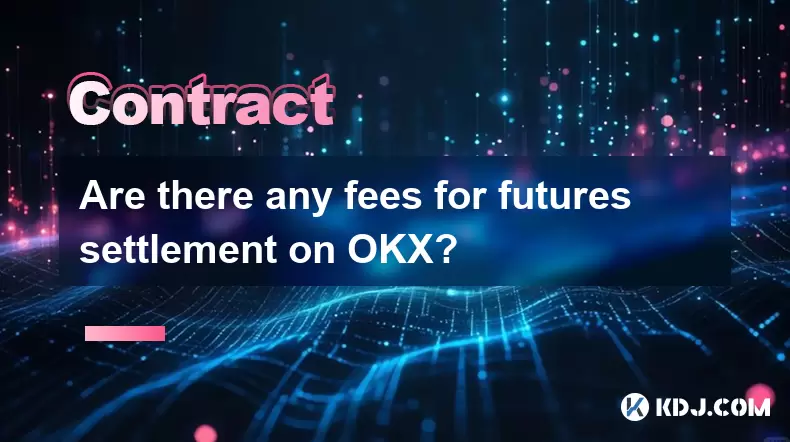
Are there any fees for futures settlement on OKX?
Aug 08,2025 at 05:35am
Understanding Futures Settlement on OKXFutures settlement on OKX refers to the process by which open futures contracts are automatically closed or mar...
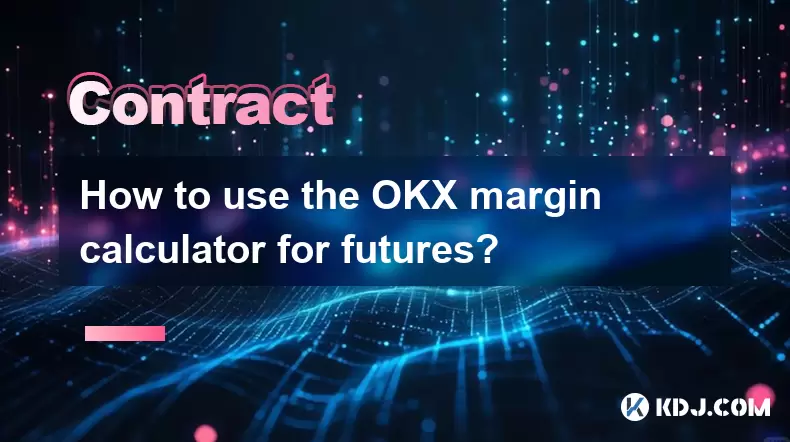
How to use the OKX margin calculator for futures?
Aug 08,2025 at 05:15am
Understanding the OKX Margin Calculator for FuturesThe OKX margin calculator is a specialized tool designed to assist traders in estimating the requir...
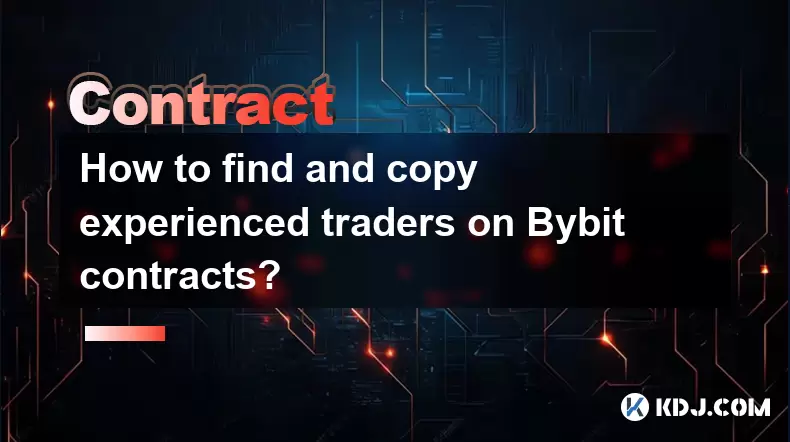
How to find and copy experienced traders on Bybit contracts?
Aug 08,2025 at 06:00am
Understanding Copy Trading on BybitBybit offers a copy trading feature that allows users to automatically replicate the contract positions of experien...
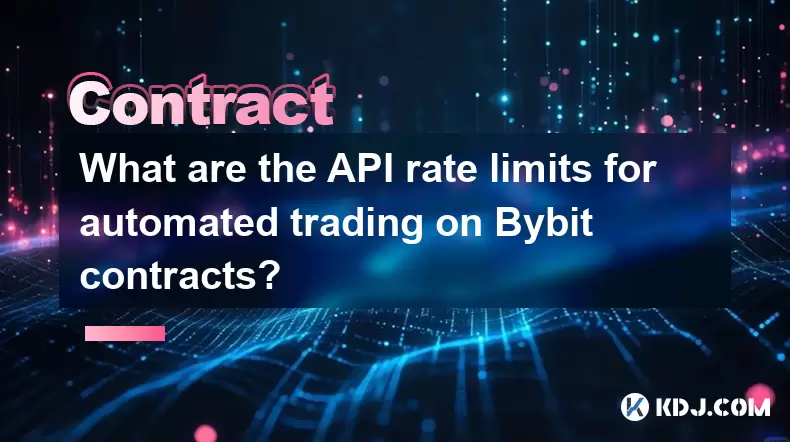
What are the API rate limits for automated trading on Bybit contracts?
Aug 08,2025 at 06:08am
Understanding API Rate Limits on BybitWhen engaging in automated trading on Bybit contracts, understanding the API rate limits is essential to prevent...
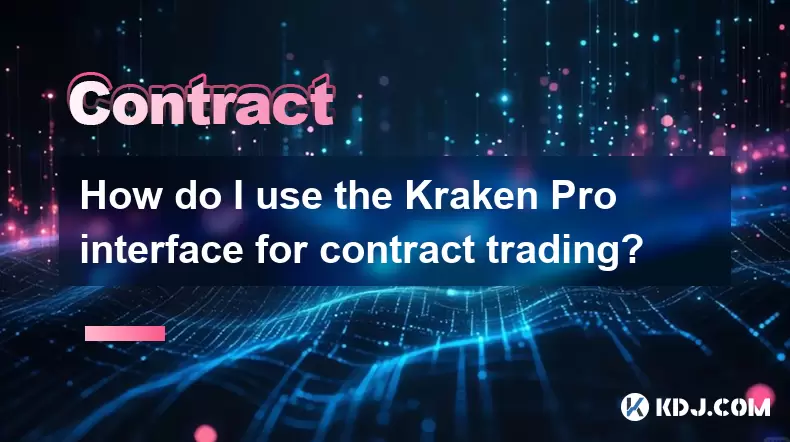
How do I use the Kraken Pro interface for contract trading?
Aug 08,2025 at 05:00am
Understanding the Kraken Pro Interface for Contract TradingThe Kraken Pro platform is designed for advanced traders who require speed, precision, and ...
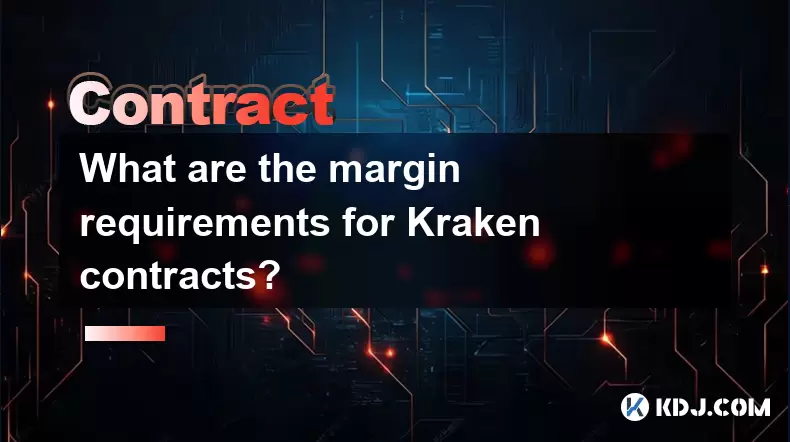
What are the margin requirements for Kraken contracts?
Aug 08,2025 at 05:42am
Understanding Margin in Kraken Futures TradingWhen engaging in futures trading on Kraken, traders must understand that margin is the collateral requir...

Are there any fees for futures settlement on OKX?
Aug 08,2025 at 05:35am
Understanding Futures Settlement on OKXFutures settlement on OKX refers to the process by which open futures contracts are automatically closed or mar...

How to use the OKX margin calculator for futures?
Aug 08,2025 at 05:15am
Understanding the OKX Margin Calculator for FuturesThe OKX margin calculator is a specialized tool designed to assist traders in estimating the requir...

How to find and copy experienced traders on Bybit contracts?
Aug 08,2025 at 06:00am
Understanding Copy Trading on BybitBybit offers a copy trading feature that allows users to automatically replicate the contract positions of experien...

What are the API rate limits for automated trading on Bybit contracts?
Aug 08,2025 at 06:08am
Understanding API Rate Limits on BybitWhen engaging in automated trading on Bybit contracts, understanding the API rate limits is essential to prevent...

How do I use the Kraken Pro interface for contract trading?
Aug 08,2025 at 05:00am
Understanding the Kraken Pro Interface for Contract TradingThe Kraken Pro platform is designed for advanced traders who require speed, precision, and ...

What are the margin requirements for Kraken contracts?
Aug 08,2025 at 05:42am
Understanding Margin in Kraken Futures TradingWhen engaging in futures trading on Kraken, traders must understand that margin is the collateral requir...
See all articles

























































































